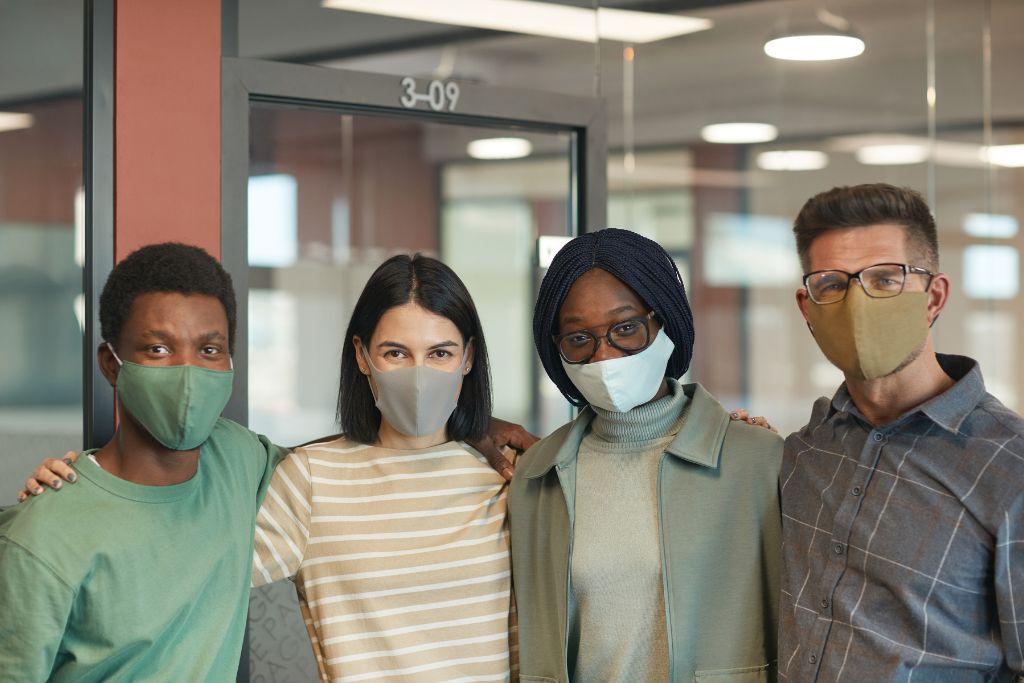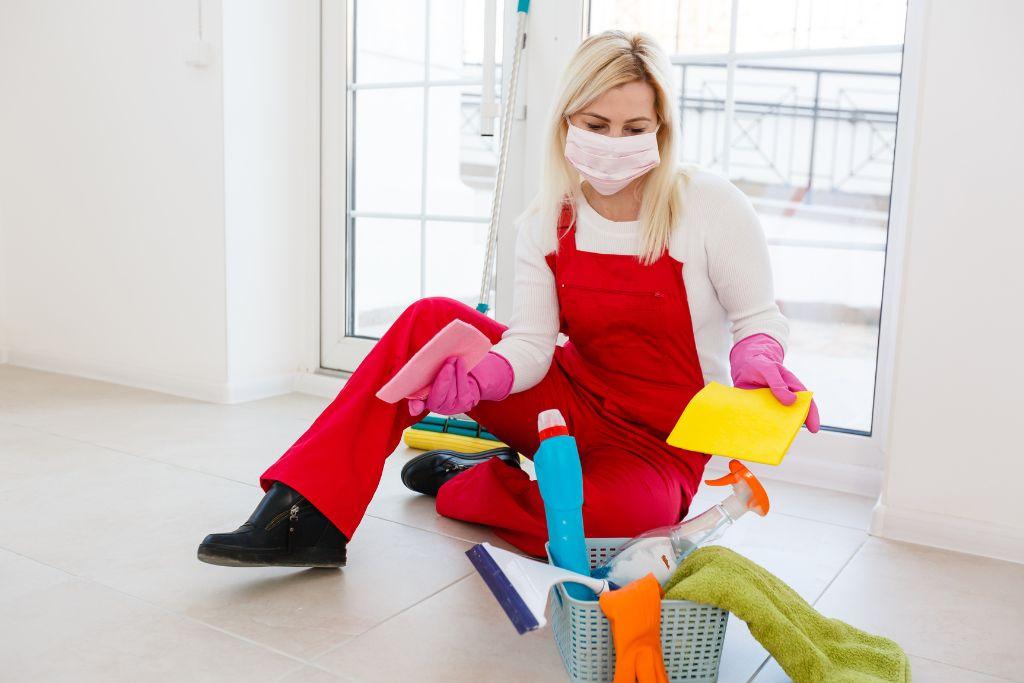Reviews
User Score
Rate This
Descriptions:
When you’re on the go, it’s always nice to have a face mask on hand. They’re an easy way to hydrate your skin, and they can also help fight the signs of aging like fine lines and dryness.
But you may be wondering how a face mask works and what type of mask is best for your skin. We’ve compiled and reviewed the research here to help you make an informed decision.
They Filter Out Particles
Face masks filter out airborne particles from the nose and mouth that are released when people breathe, cough or talk. They can also protect the wearer from catching an infection.
Since the emergence of SARS-CoV-2, which caused COVID-19 in late 2019, mask use has been one of the most commonly recommended ways to prevent infections. Some studies even show that face masks could reduce illness severity if people get infected.

The effectiveness of masks depends on a number of factors, including the material that is used to make them. For example, facemasks made out of cotton are less effective at preventing infection than ones made from fabric.
They Prevent Bacteria from Breathing
A face mask blocks the respiratory droplets produced by an infected person, keeping them from landing on another person. This is especially important for people with weakened immune systems or those at higher risk of serious illness, because they may not be able to fight off the virus themselves.
In addition to protecting the wearer, a mask also prevents bacteria from breathing. This is particularly important in public settings, where the number of people coughing or sneezing can be high.

During the COVID-19 pandemic, many countries have implemented mandatory face mask policies. These have been found to be highly effective in shaping new societal norms and reducing outbreak transmission.
They Prevent Bacteria from Breathing Out
When a person breathes, coughs, or talks, tiny droplets are emitted into the air. Masks can prevent these from entering the mouth and lungs, which can lead to the reduced spread of infection.
A study using high-speed video found that a cloth mask slowed down the flow of these droplets, preventing them from reaching the mouth. Another study of people who had influenza or the common cold found that wearing a surgical mask decreased the amount of these respiratory viruses that were emitted in droplets and aerosols.

To determine the bacterial load on clean and never-used cotton and surgical masks, we plated out a total of 23 masks worn by study participants for 4 h in Lysogeny Broth (LB) and Brain Heart Infusion (BHI) broths. The bacterial community composition on these masks was analyzed via 16S rRNA amplicon sequencing.
They Prevent Bacteria from Breathing Out
When people breathe through a face mask, they also exhale their germs into the air around them. This can spread viruses and bacteria to anyone else in the room, or even out of the room.
In a number of studies, researchers have found that face masks do reduce infection rates in healthcare settings and communities when used as source control. However, it is important to consider whether the studies were done as a community intervention and which respiratory illnesses were being investigated.

Moreover, some research has found that using face masks can negatively impact the skin microbiome and nasal swabs. This is due to self-inoculation of the mucous membranes, which can lead to bacterial build-up and infection in the skin and nose.
Face masks can also cause irritation and discomfort, as well as other problems like skin rashes and headaches. And they can make people pay less attention to other important measures, such as hand hygiene.



